In this guide, we’ll explore a diverse palette of flowers that thrive when planted in June in Zone 8. From eye-catching blooms to hardy perennials, the following selections will set your garden aglow with color and texture.
Gaillardia
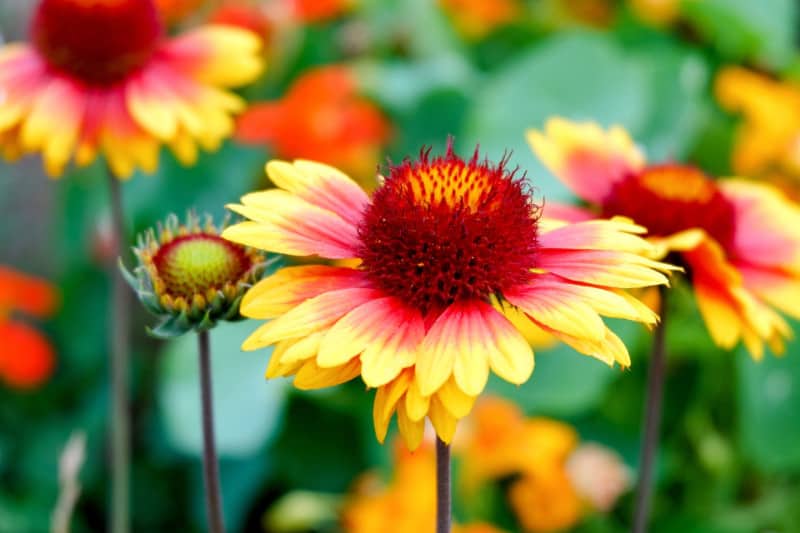
Often referred to as blanket flowers, Gaillardia is a vibrant perennial that thrives in sunny spots. Known for its daisy-like flowers in fiery reds, oranges, and yellows, this hardy bloom can tolerate heat and drought, making it an ideal candidate for summer planting in Zone 8. The flowers are not only beautiful but also attract butterflies, giving your garden a lively atmosphere.
When planting Gaillardia, ensure you use well-draining soil. They thrive best in full sun, so select a location that receives at least six hours of direct sunlight daily. This compact plant is perfect for border gardens or as a ground cover. Regular deadheading will encourage more blooms throughout the summer.
Butterfly Milkweed

Butterfly Milkweed (Asclepias tuberosa) is as practical as it is beautiful. This perennial is a favorite among gardeners who want to attract butterflies, particularly monarchs, to their gardens. Its vibrant orange flowers bloom from late spring to summer and thrive in well-drained soil with full sun.
Planting this flower in June allows it to establish its roots before the intense summer heat arrives. Butterfly Milkweed is drought-resistant and can cope with poor soils, making it an ideal addition to a low-maintenance garden. Besides its benefits for pollinators, its unique flower structure serves as a fascinating focal point in your garden.
Pentas

If you’re looking for a flower that brings the butterflies and hummingbirds rushing to your yard, look no further than Pentas. With its clusters of star-shaped blooms, Pentas will thrive beautifully in the warm conditions of June. Available in a variety of colors like pink, red, and white, this tropical perennial loves the warmth and does exceptionally well in well-draining, fertile soil.
Pentas are fantastic for borders, containers, or low-maintenance flower beds. They bloom continuously from spring until the first frost, providing color for months on end. In addition to being beautiful, these flowers are known for their resilience, withstanding periods of drought and heat.
Daylily
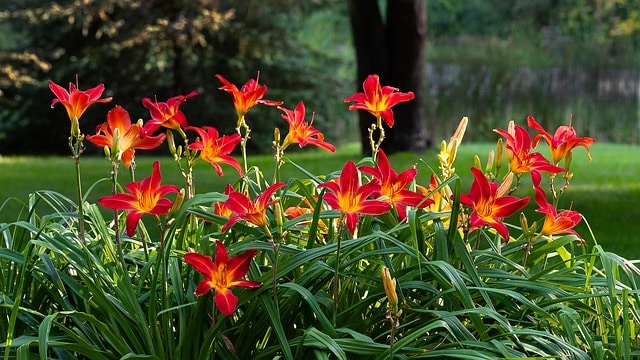
A garden staple, Daylilies are among the easiest and most rewarding flowers to grow. They come in countless colors and sizes, making them a flexible choice for any garden design. When planted in June, these hardy perennials will take root and flourish in the warm soil, providing your garden with stunning blooms from early summer through fall.
Daylilies thrive in a variety of soil types and prefer a sunny location, though they can tolerate partial shade. They require minimal maintenance, making them practical for gardeners who may not have the time to tend extensively. Once established, these resilient flowers can survive with little water, only requiring occasional deadheading to keep them looking their best.
Begonia
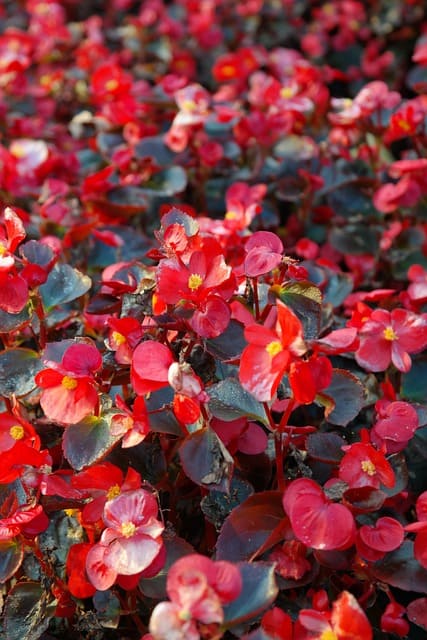
For shaded areas that need a pop of color, Begonias are an excellent choice. With their fleshy leaves and bold flower colors ranging from soft pastels to vibrant reds, these plants thrive when planted in June’s milder temperatures. They prefer well-draining soil and should be watered consistently, keeping the soil moist but not soggy.
Begonias are perfect for containers, hanging baskets, or as border plants in shady spots. Regularly removing spent flowers will encourage new blooms, ensuring that your begonias provide lush color all summer long. With a little care, they can turn any garden space into a colorful sanctuary.
Sea Holly

If you’re looking for an unusual and striking flowering plant, consider Sea Holly (Eryngium). Known for its spiky, thistle-like flowers and silvery-blue hues, Sea Holly can add a fantastical element to your garden. Planting this perennial in June allows it to benefit from the warm and sunny conditions, promoting strong growth.
Sea Holly thrives in well-draining soil and full sun. It also has the added advantage of being drought-tolerant once established. This unique flower attracts bees and is excellent for dried flower arrangements, making it a versatile addition to any garden.
Verbena
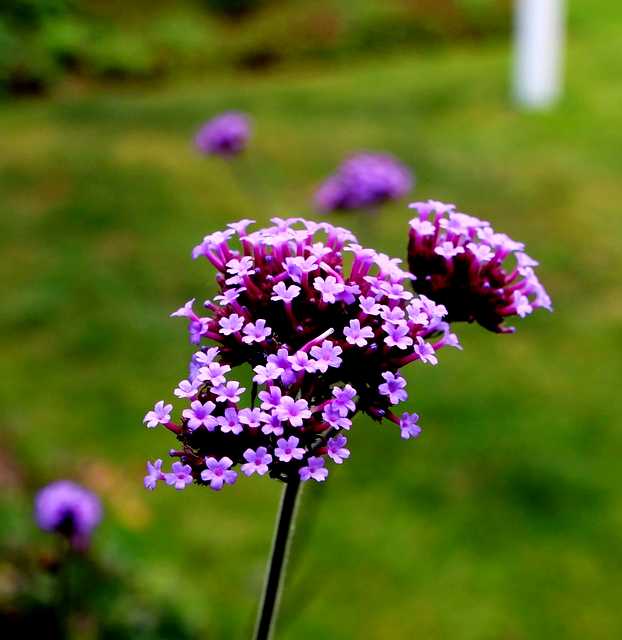
Verbena is a must-have for any summer garden. This hardy flower produces clusters of tiny blooms that offer a continuous display from spring to fall. With a variety of colors, including purple, pink, white, and red, verbena adds a soft texture to garden spaces while attracting butterflies and beneficial insects.
Planting verbena in June allows it to establish strong roots before the true heat of summer sets in. These plants prefer well-draining soil and full sun, though they can also tolerate some partial shade. They require minimal maintenance, making them perfect for busy gardeners. Regular deadheading encourages a longer bloom time throughout the summer.
Melampodium

Melampodium is an excellent choice for those looking for a cheerful addition to their flower beds. These golden-yellow blooms bring a bright flair to any summer garden. Planting them in June helps them get off to a good start in the warmth of the season.
Melampodium thrives in well-draining soil and full sun, and they are drought-tolerant once established. They make great ground cover or filler plants in containers, and their low-maintenance nature means you get to enjoy the flowers without excessive care. Their constant blooms will surely brighten up any garden.
Angelonia
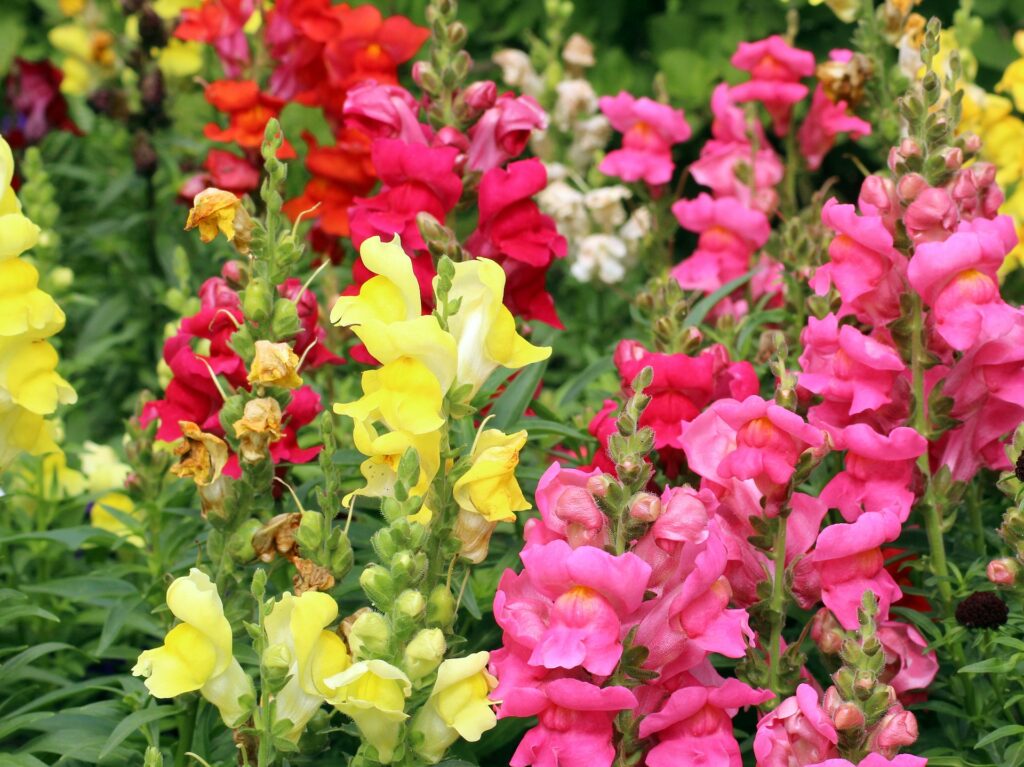
Angelonia, also known as summer snapdragon, is perfect for full sun gardens. This annual plant produces spikes of flowers in shades of purple, pink, and white throughout the growing season. Planting Angelonia in June allows it to establish roots during the warm, sunny days of summer, ensuring abundant flowers all season long.
They thrive in well-drained soil and are relatively drought-tolerant, making them suitable for hot summer months. This plant not only adds color but also height to your garden, providing contrast among lower growing plants. Angelonia is also resilient, often attracting butterflies and hummingbirds, adding to the overall vibrancy of your garden.
Gomphrena

Gomphrena, or globe amaranth, is an easy-to-grow flower known for its papery, globe-shaped blooms. These flowers come in stunning shades of purple, pink, red, and white, establishing the plant as a favorite for gardeners who adore vibrant colors. June is an ideal time to plant Gomphrena, giving it plenty of time to establish and bloom throughout the summer.
Gomphrena fares well in full sun and prefers well-drained soil. These hardy plants are drought-resistant and can thrive in hotter temperatures, making them perfect for Zone 8. Besides their beauty, they are great for drying, retaining their color and shape, and can be used in floral arrangements long after the growing season ends.
Canna
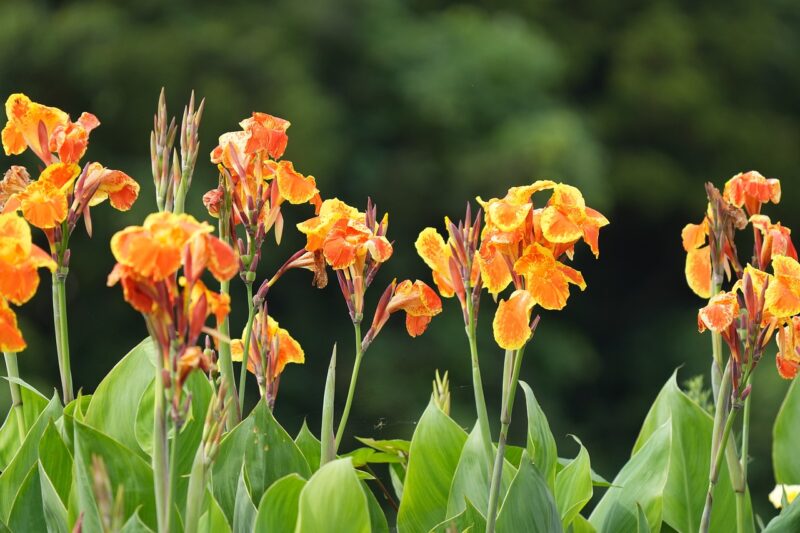
Canna lilies are a dramatic addition to any garden. With their broad leaves and vibrant red, orange, or yellow flowers, they add height and tropical flair to borders and containers. Planting Cannas in June means they can take full advantage of the warm weather they’ll need to truly thrive.
These flowers prefer rich, well-draining soil and full sun but can tolerate partial shade too. Cannas love water, so ensure they stay moist during the hot summer months. Their bold foliage and colorful blooms not only beautify your space but can also create a tropical atmosphere that feels like a retreat right in your backyard.
Balloon Flower
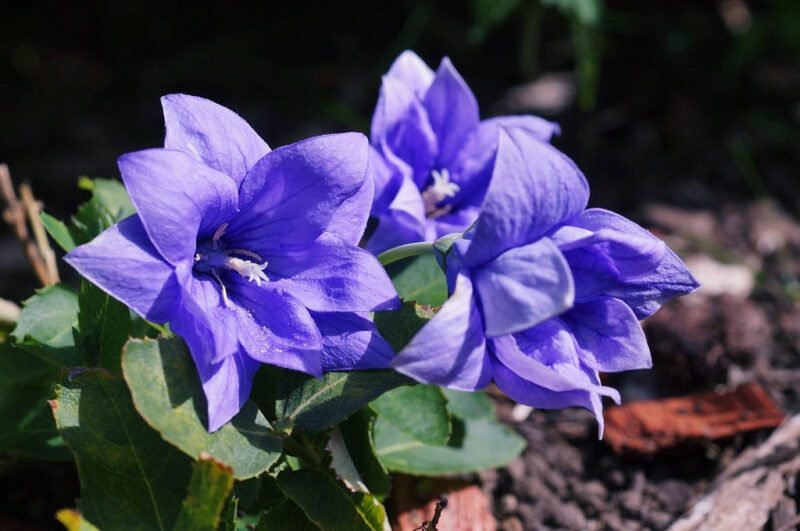
Known for its intriguing blossom that resembles a balloon before it opens, Balloon Flower (Platycodon grandiflorus) is a charming perennial that thrives when planted in June. Available in shades of blue, pink, and white, these flowers add a whimsical touch to any garden.
They prefer full sun to part shade and thrive in well-drained soil. Balloon Flowers are not just visually appealing; they are also quite sturdy and can tolerate some neglect in terms of watering once established. Their unique appearance is a conversation starter, making them a fantastic choice for those wanting to add personality to their garden.
Helenium
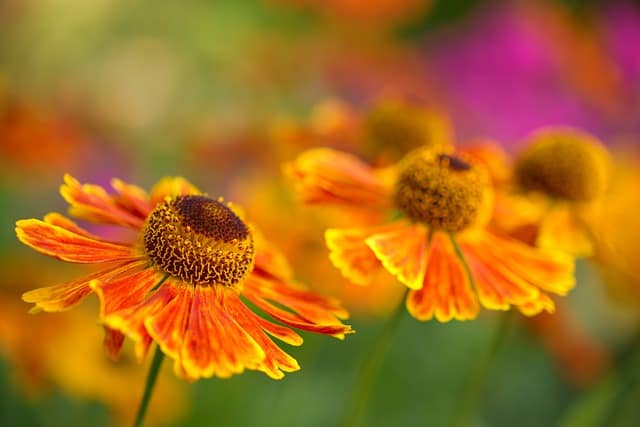
Helenium, also known as sneezeweed, is a perennial that brings a burst of colors ranging from yellow to red and orange as summer approaches. Planting Helenium in June allows it to establish before the peak of summer heat and ensures robust growth. These flowers are known for their ability to attract a variety of pollinators including bees and butterflies.
Helenium prefers full sun and will thrive in moist, well-draining soil. These hardy plants bloom throughout summer and into the fall, creating a long-lasting display in your garden. Their vibrant colors and resilience make them a valuable addition to any flower bed.
Impatiens
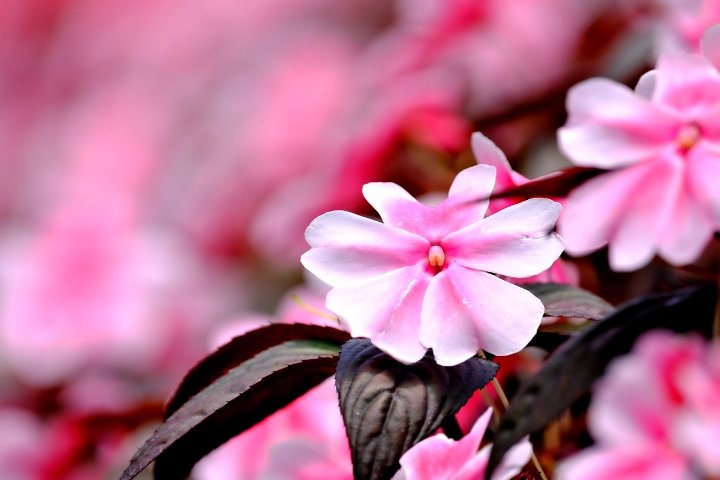
For shady areas, Impatiens are a classic choice that brings color and life when most other flowers fade. These annuals thrive in well-draining, rich soil and can handle the cooler temperatures of early summer while blooming beautifully when planted in June.
Impatiens offer a range of colors, including red, white, pink, and purple, making them ideal for creating a stunning display in shady corners of your garden. They thrive with consistent moisture and will create a lush, vibrant ground cover that lasts through the warm months.
Sedum

Sedum is a versatile and hardy succulent that adapts well to various conditions, making it great for Zone 8 gardens. With their unique shapes and textures, Sedum varieties can add interest and depth to your garden design. Planting them in June allows their roots to establish before the hottest part of the summer.
These drought-tolerant plants prefer well-draining soil and full sun. Sedums are perfect for rock gardens, borders, and edging, providing excellent ground cover while attracting bees and butterflies. Their easy care and long blooming period make them a favorite among low-maintenance gardeners.
Globe Thistle

The stately Globe Thistle (Echinops) stands as a testament to the wonder of unique flowers. It produces spherical, bluish-purple flowers atop tall, spiky stems, making it an eye-catching addition to any summer garden. Planting Globe Thistle in June ensures they establish well before the temperatures rise.
Globe Thistles prefer full sun and well-drained soil. They are drought-tolerant and will attract a myriad of pollinators, enhancing the biodiversity of your garden. These perennials require little maintenance, yet their distinct blooms and interesting shape provide a focal point in any garden landscape.
Lilies

Lilies come in many varieties and colors, ranging from stargazers to Asiatic and Oriental types, all of which bring drama and fragrance to your garden. June is a perfect time for planting these bulbs as they lead to stunning summer blooms.
Lilies thrive in well-drained soil and prefer full to partial sun. Once planted, they require little care; providing adequate drainage is essential to prevent rot. Lilies can serve as focal points in borders or back gardens due to their tall stature and glorious flowers, and their scent enhances the garden atmosphere.
Caladiums
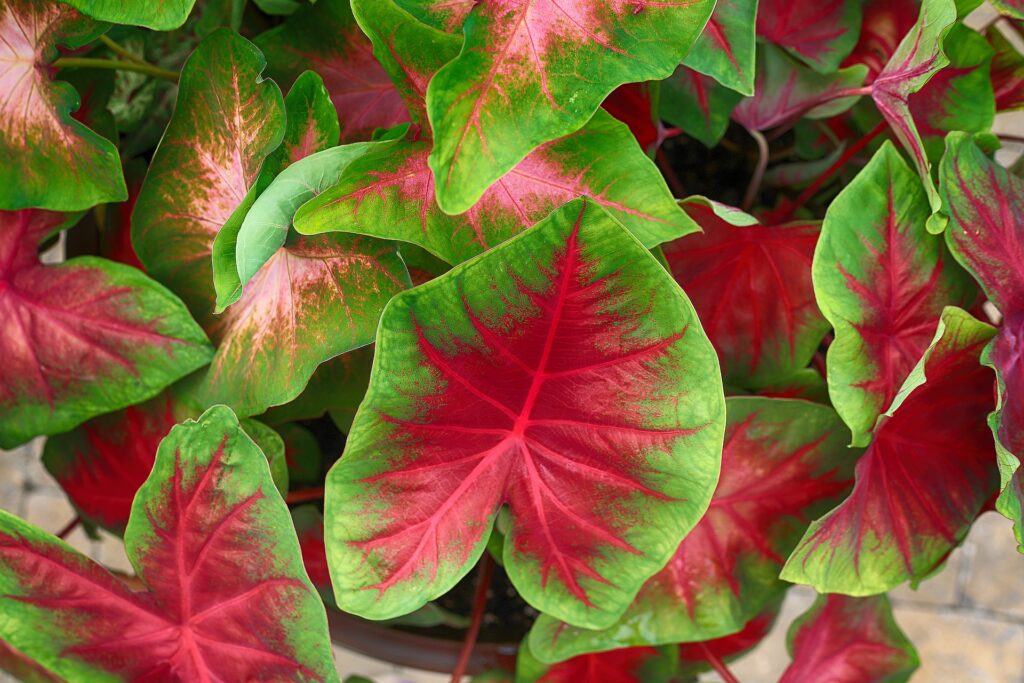
For a burst of color and dramatic foliage, Caladiums are unmatched. These plants have large, brightly colored leaves in shades of pink, red, and white, often with striking variegation. Planting in June ensures they thrive in the warm soil, bringing ongoing brightness to your garden.
Caladiums prefer shade or partial sun and require moist, well-drained soil. Perfect for under trees or in shaded borders, their tropical appearance turns any garden into an oasis. They do best in a humid environment, making them ideal for areas with consistent moisture.
Geraniums
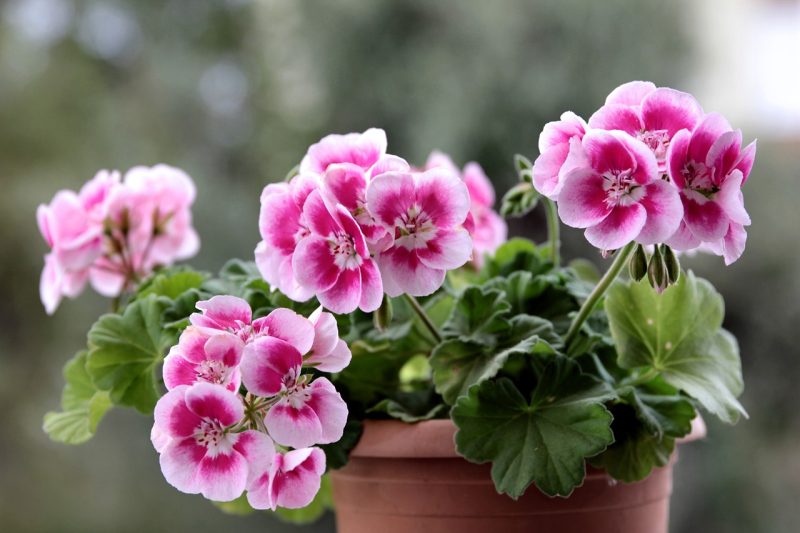
Geraniums are beloved by gardeners everywhere, known for their striking blooms and resilience. Available in a wide range of colors, these annuals can brighten up any garden space when planted in June. They thrive in full sun and well-drained soil, offering a classic look in pots or as border plants.
Geraniums are relatively low-maintenance and can withstand periods of drought once established. Regular deadheading will encourage new growth, giving you flowers from early summer until the first frost. Their cheerful appearance will surely elevate the mood of your garden.
Torenia
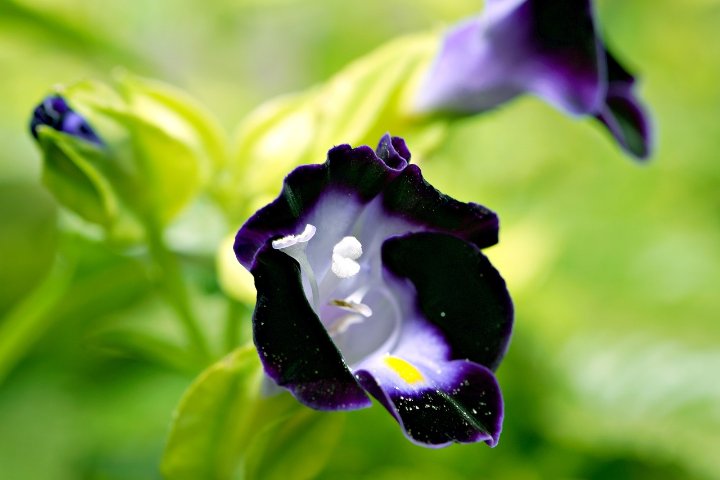
For those shaded spots, Torenia, also known as wishbone flower, is a fantastic option. With lovely blooms in purples, blues, and pinks, this delicate annual brings a touch of charm wherever it is planted. Planting Torenia in June allows them to grow robustly, taking advantage of the warmer, sunnier conditions.
Torenia preferred well-drained soil in partial shade, making them perfect for planting in containers or hanging baskets. Regular watering will ensure vibrant blooms that last throughout the summer. Their soft colors and bushy growth make them a wonderful choice for creating cozy, colorful corners in any garden.
Anise Hyssop
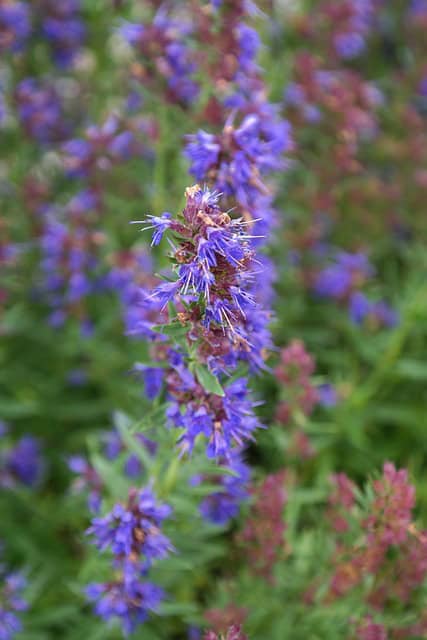
Anise Hyssop (Agastache foeniculum) not only adds a stunning burst of purple flowers but also an aromatic foliage that many find delightful. Plant this perennial in June, and you’ll have a garden that attracts bees and butterflies, enhancing biodiversity while providing fragrant beauty.
Anise Hyssop thrives in full sun and well-drained soil. This plant is drought-tolerant once established, making it great for low-maintenance gardens. In addition to its ornamental value, the flowers are edible, and the leaves can be used to make refreshing teas, adding another dimension to your gardening adventures.
Coneflower
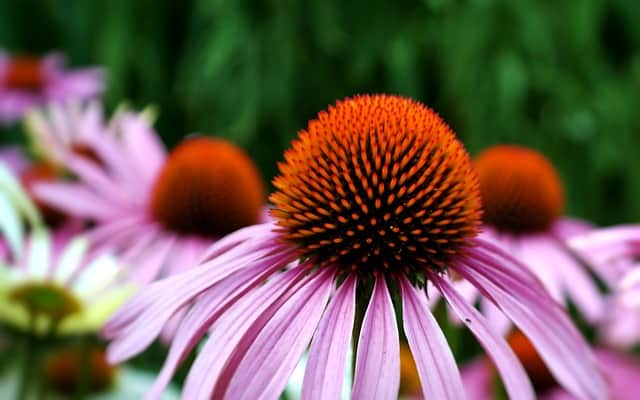
Coneflowers (Echinacea) are a staple in many gardens for their striking appearance and hardiness. Recognizing their resilience, planting them in June allows you to take advantage of the warm weather for strong growth. Available in various colors, they provide vibrant blooms that last throughout the summer.
These perennials thrive in well-drained soil and full sun, attracting pollinators while being drought-resistant once established. Coneflowers require little care, making them wonderful for those who want a low-maintenance but beautiful garden. They also serve as excellent cut flowers, bringing a touch of summer indoors.
Coreopsis
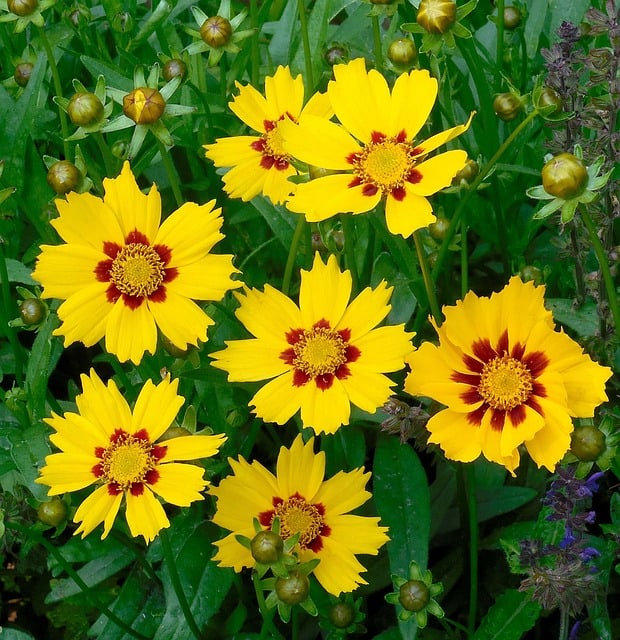
Coreopsis, or tickseed, is an easy-to-grow perennial known for bright, daisy-like blooms that add cheer to your garden. Planting in June allows Coreopsis to establish before summer, leading to an impressive display of flowers. Its vibrant yellows, reds, and pinks can illuminate any garden space.
These flowers prefer full sun and well-drained soil, making them perfect for drought-tolerant gardens. They require minimal care, often flourishing with little attention. Coreopsis attracts butterflies and beneficial insects, enhancing your garden’s ecosystem while providing delightful color and texture.
Joe-Pye Weed
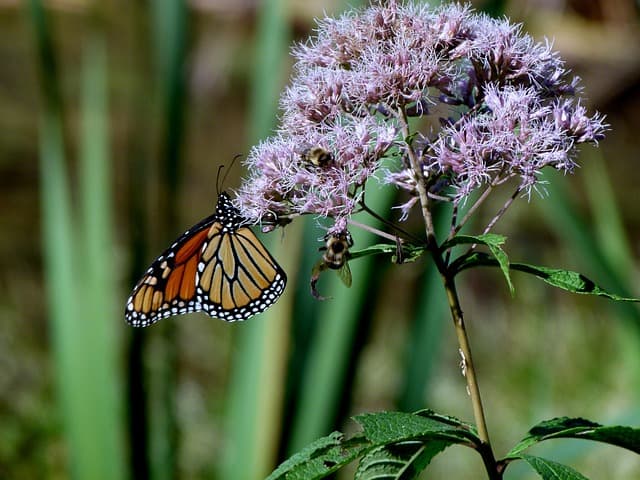
Joe-Pye Weed (Eutrochium purpureum) offers tall spikes of pink-purple flowers that create a stunning display in your garden. Planting this perennial in June will allow it to establish roots before the heat sets in, providing ample blooms throughout the summer. Joe-Pye Weed thrives in moist, rich soils and is a favorite for pollinators, especially butterflies.
They prefer partial sun to full sun and can tolerate wet conditions, making them an excellent addition to the back of mixed borders or wildflower gardens. Joe-Pye Weed can grow quite tall, creating an eye-catching presence that draws the eye and supports biodiversity in your landscape.
Lavender

No garden is complete without the calming presence of Lavender. This aromatic perennial not only adds fragrance but also serves as an attractive centerpiece with its purple spikes. June is the perfect month to plant lavender, giving its roots enough time to establish before summer truly begins.
Lavender thrives in full sun and well-drained soil, and it is drought-resistant once established. This versatile plant can be used in various ways, from creating borders to being harvested for its essential oils or culinary uses. With proper care, lavender can be a stunning and fragrant focal point in your garden for years to come.
Pincushion Flower

The unique blooms of the Pincushion Flower (Scabiosa) make it a favorite for gardeners who want something a little different. With their pincushion-like flower heads appearing in shades of blue, purple, and white, these perennials provide a whimsical touch to any flower bed. Planting in June ensures they can thrive in the warmth of summer and bloom profusely.
These flowers prefer full sun and well-drained soil, making them low-maintenance once established. They attract butterflies and other pollinators, adding to the activity in your garden. Pincushion flowers make a great addition to fresh bouquets, allowing you to share their beauty well after they have been cut.
Rose
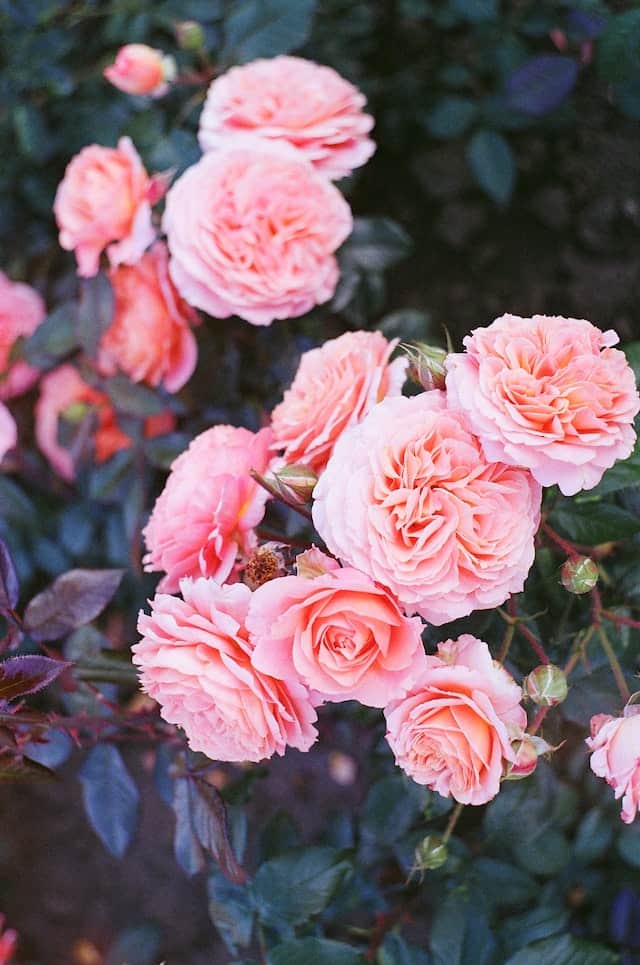
Last but certainly not least, we can’t talk about summer blooms without mentioning Roses. These classic flowers come in countless varieties and colors, making them versatile for any garden aesthetic. Planting roses in June allows them to take advantage of the warm weather for lush growth and abundant blooms.
Roses prefer rich, well-draining soil and at least six hours of sunlight daily. While they may require more care than some of the previously mentioned plants, their beauty and fragrance make them a rewarding addition to any garden. Regular deadheading and careful monitoring for pests can help keep them in top shape all summer long.





